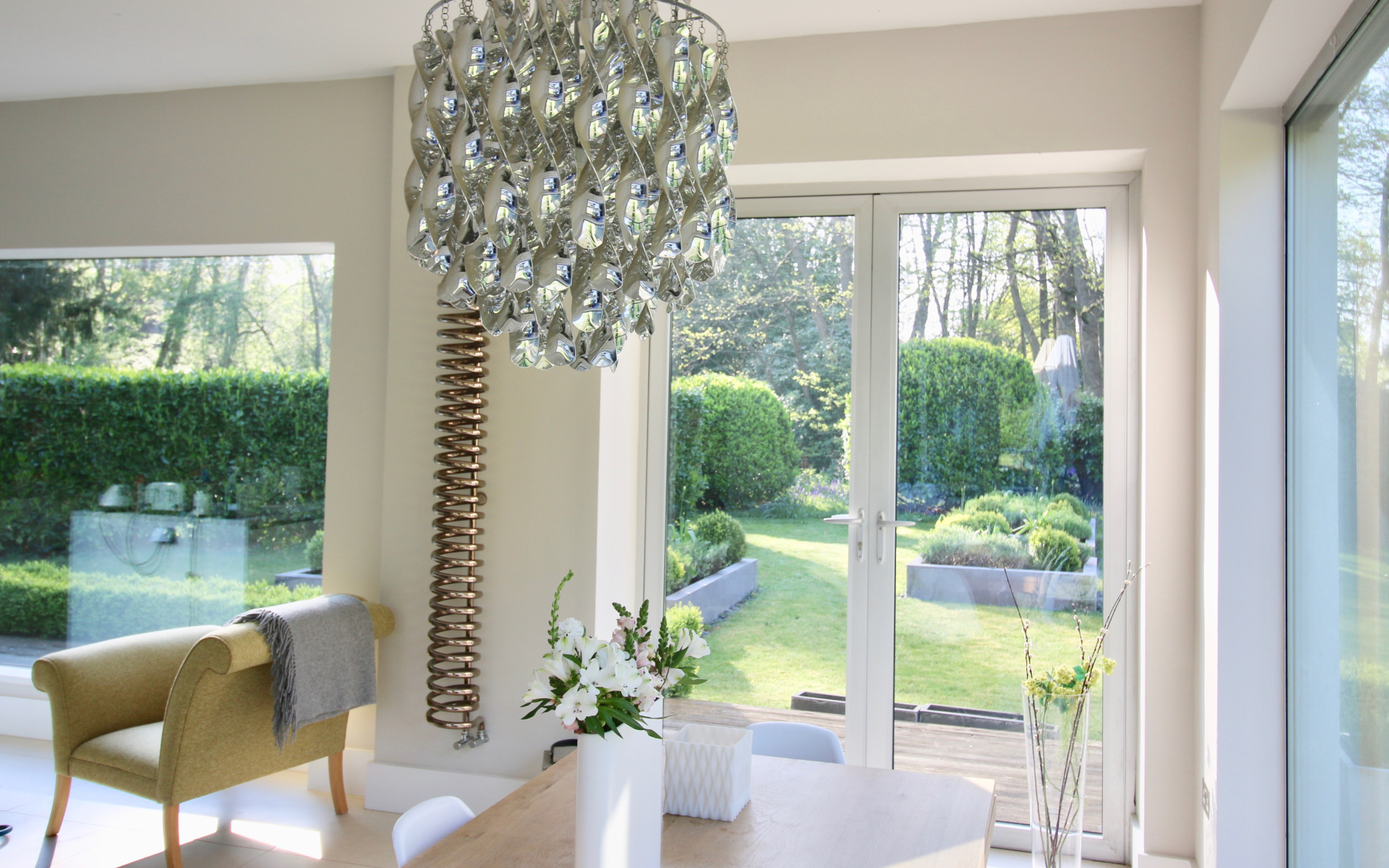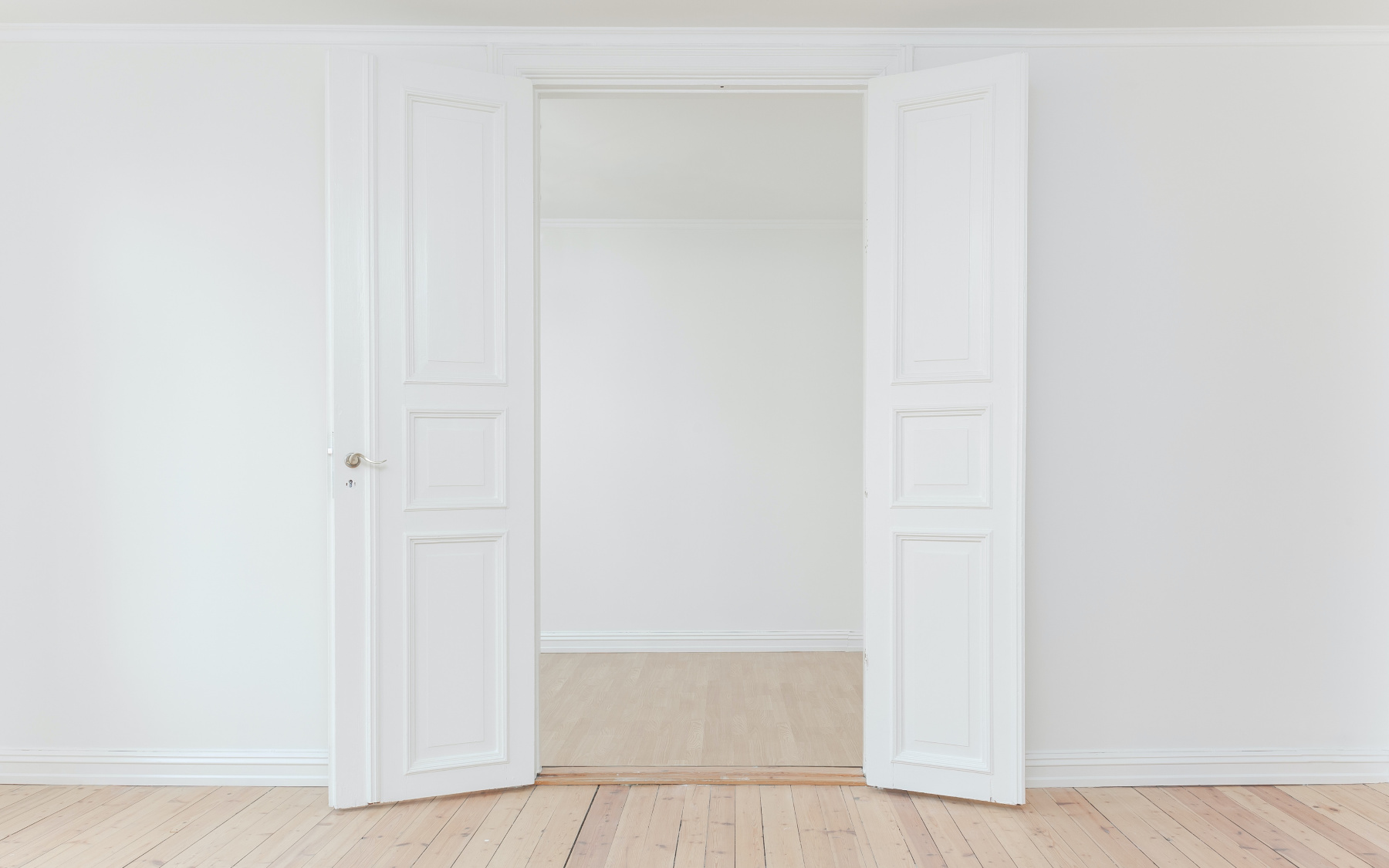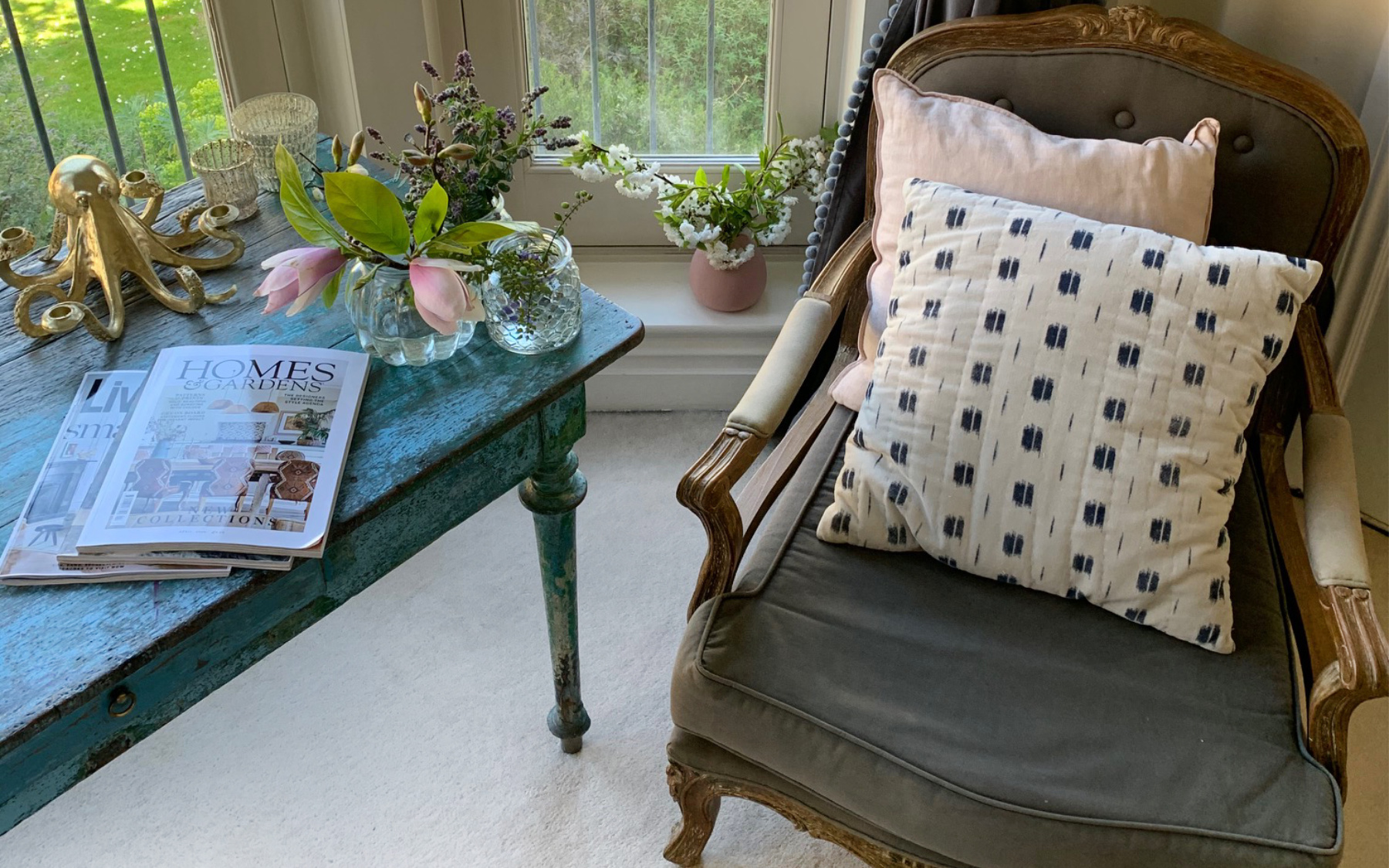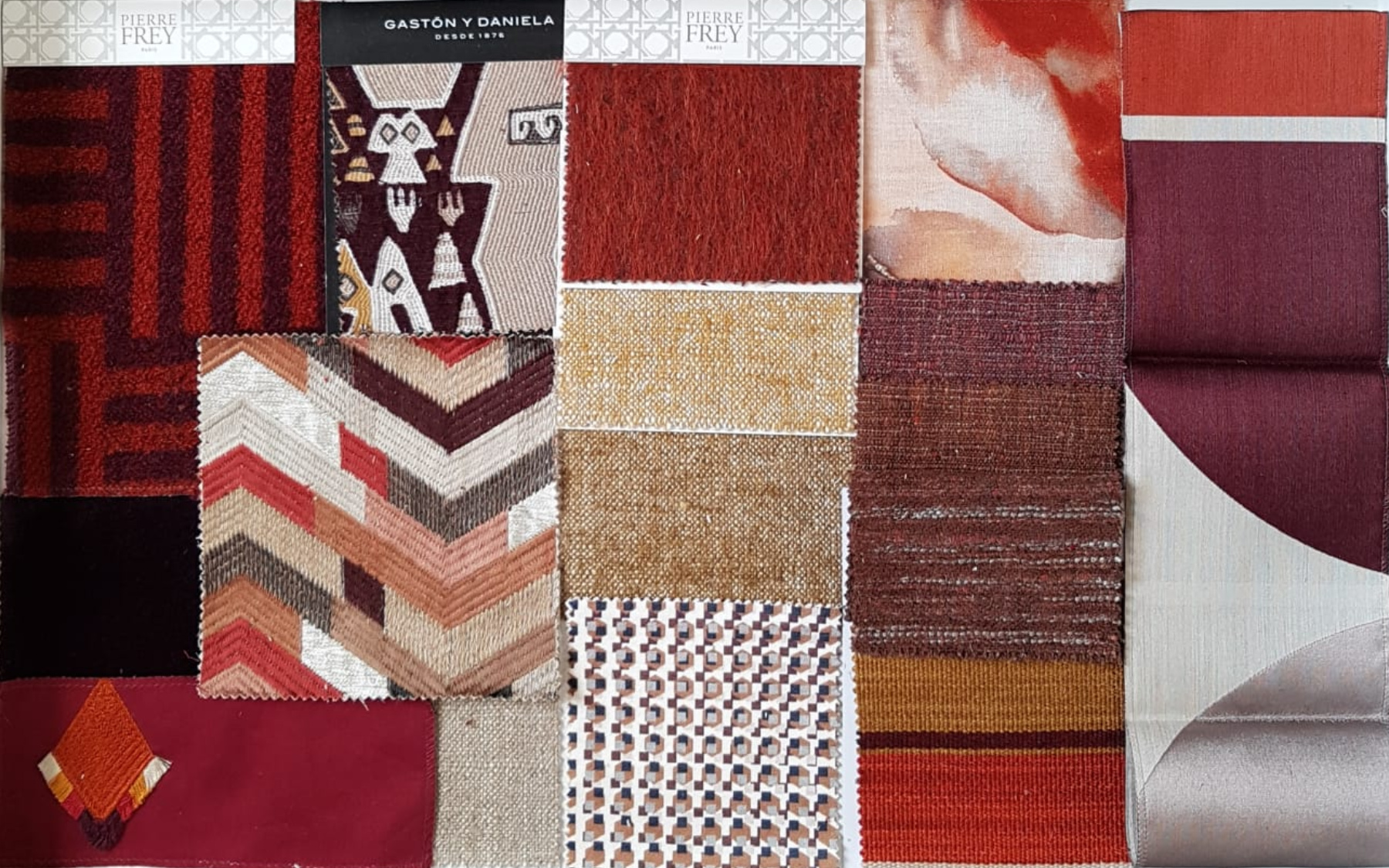Tips to Start Your Interior Design Project
We share our tips to start your interior design project. Laying the groundwork before starting an interiors project is an essential part of the design journey. The key to getting the ball rolling on any such venture is to first and foremost identify your core style. This can be a challenge in itself, but it is crucial to ensuring that the finished product reflects your personality and what you wish to achieve. Regardless of whether you are embarking on a project solo, or have enlisted an expert to assist, here are some tips for getting started:

DecorBuddi expert Amanda fell in love with the curly wall radiator which inspired the lighting and metal for glass door frames in kitchen.
Taking Inspiration from your own home
When identifying your personal style, first look at where this has been reflected already in your home. Though the room that you wish to update is lacking in interest, inspect the rest of the house and pick up the preferred style from the way it is decorated and presented. Looking inwards can help to ensure your new project stays true to you.
Identify which objects or design elements from around the house bring you joy, and draw on them for inspiration. When looking at these pieces, try to pinpoint what characteristics attracted you to the article. Perhaps it is the colour or shape that entices you. You may start to see a pattern emerge between the objects you have selected. Seeing correlations between certain belongings can help you to funnel your style preferences into a more unified theme.
Open up your wardrobe. Our personal style is most commonly reflected in the items we wear. Your garments might be more feminine or masculine, minimal or ornate. In examining your favourite looks, you can identify what design features are suited to your taste. From there you can breakdown the colours, shapes and textiles you have accumulated. Perhaps you love clean crisp navy shirts, or big cosy woollen jumpers. These features can be transferred directly into the soft furnishings of your home, or simply in the spirit of the overall composition.
External sources of Inspiration
Not all inspiration comes directly from the home. Boutique hotels, for example, have been carefully curated to feel warm and welcoming. Their enticing ambiance makes these spaces ideal sources of interiors inspiration.
Use hotel stays to help visualise your own aesthetic by pinpointing the elements that appeal to you. Small details can be adapted according to your project, such as dark colour contrasts on the walls, or the ornate detailing on the furniture. You don’t have to purchase the same expensive furnishings as the Ritz, but you can still pin their exquisite wallpaper to your mood board, and find a way to incorporate the same quality of design into your home.
Take inspiration from homes you see in films or in magazines. Films in particular display often highly characterised interiors, and use the sets as extensions of their characters’ personalities. These exaggerated cinematic sets can provide fantastic furnishing ideas!
Film interiors do not have to be realistic to be a good source of inspiration. For example, whilst the rococo interiors from Mary Antoinette may take your fancy, you sadly do not live in a palace in Versailles. Rather than recreate the entire setting, snip out details that can be realistically adapted. The pastel blue floor-sweeping curtains from Mary’s boudoir might slot in perfectly to your living room. The dainty floral patterned wall paper could add a feminine touch to your bathroom.
External sources of inspiration can come from anywhere, from historical buildings, to modern cinematic masterpieces. Even elements that may not at first seem relevant, but have captured your attention, will be useful in identifying the mood of your room.
Create a Moodboard
Once you have collated your thoughts, it is time to assemble them visually. If you are working with a Buddi, this will help to communicate your ideas coherently. Think of the project as a partnership which will develop over time and can be adapted as you get to know each other better. If you are working solo, this will help you to map out your plans and draw connections between different elements.
For a physical mood board, use pictures from magazines, paint and fabric swatches, photographs or images you have printed. Pin the snippets to a notice board or stick them down onto a large surface. Pinterest is another useful tool for drawing together ideas. This online tool has a wider selection of material available, and is generally less laborious!
Having all of the images placed out in front of you, start to whittle down the board to a more streamlined theme by removing your least favourable images. Through a process of elimination, you will be left with your preferred style.
The final mood board should be a reflection of your core style, injected with snippets of external inspirations. Use this tool as a springboard to start your project, and as a reference point that keeps the design of the interior consistent throughout the entire design process.
Contact: Please do get in touch if you would like help with your home or garden. Our packages and hours keep you in control of the look timing and budgets. Most of our services can be supplied face to face or remotely with a combination of telephone, email and facetime or skype as required. Always tailored to your requirements.
We would love to help you to create your individual home or garden.
Photo Credits: All photos, except before image, taken by Buddies whilst working on their Projects. From top, thank you to Lorraine, Amanda, Lorraine and Helene.



